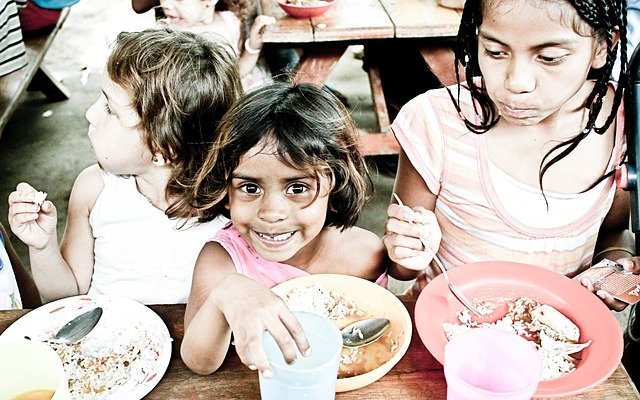The road to Zero Hunger
Related Articles
CSR News: Kotak Mahindra Bank Supports Advanced Diagnostic Facility at SMIMER Hospital, Surat
Surat, India: Kotak Mahindra Bank Limited, under its CSR initiative, has extended support to the Surat Municipal Institute of Medical Education and Research (SMIMER)...
Cancer Treatment: कैंसर इलाज में क्रांति ला सकता है नया AI Cancer Tool ‘AA-Net’, हर कोशिका की पहचान कर सकेगा सटीक उपचार
Cancer Treatment जंग में एआई बना नया हथियार, इलाज में आएगा क्रांतिकारी बदलाव
कैंसर जैसी जानलेवा बीमारी के इलाज में अब आर्टिफिशियल इंटेलिजेंस (AI) बड़ी...
Drone Delivery of Medicine in North East: अरुणाचल प्रदेश में शुरू हुई ड्रोन डिलीवरी, अब पहाड़ों तक पहुंचेंगी जरूरी दवाएं और अंग
आपात स्थितियों में होगी दवाओं और मानव अंगों की तेज डिलीवरी
Drone Delivery of Medicine in North East: पूर्वोत्तर भारत के दुर्गम पहाड़ी इलाकों में...



 Dinesh Charak is Director Legal, Kellogg South Asia. Mr Charak has completed his Bachelor’s in Law from National Law School of India University. He is married and has a daughter.
Dinesh Charak is Director Legal, Kellogg South Asia. Mr Charak has completed his Bachelor’s in Law from National Law School of India University. He is married and has a daughter.